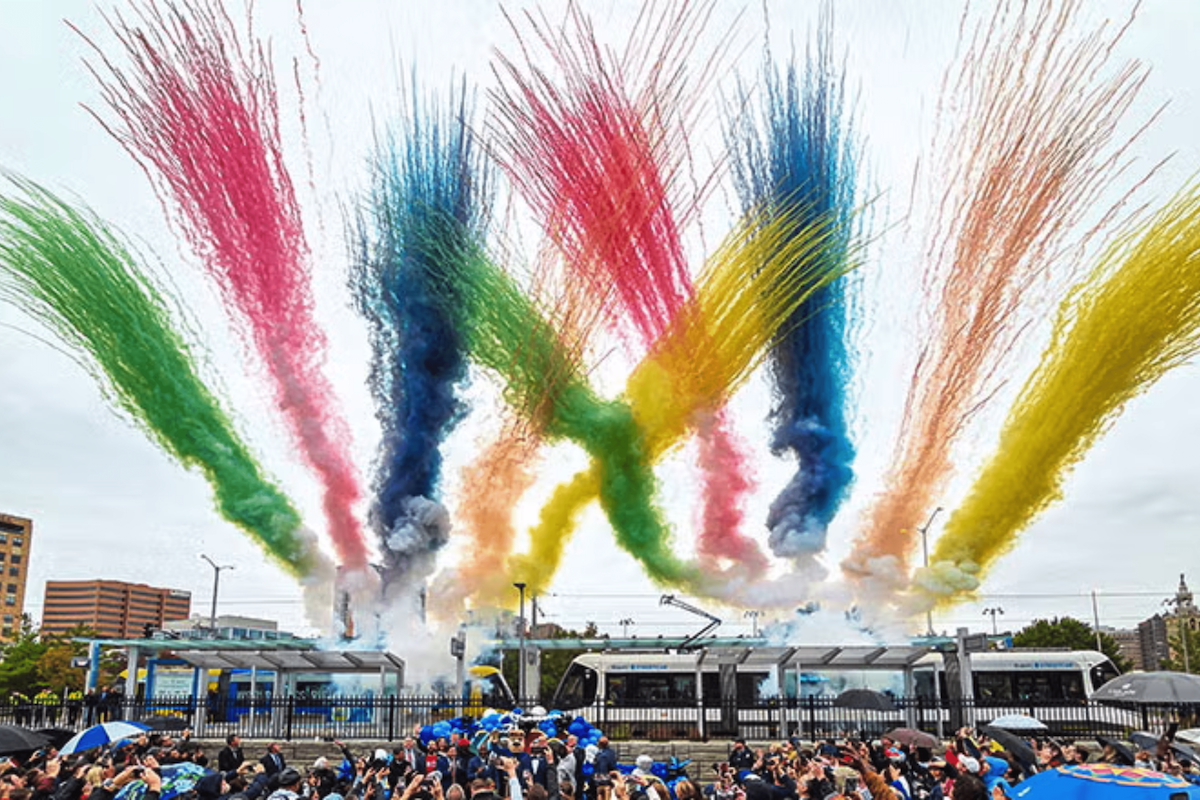As AI's capabilities expand, construction firms will be able to harness its ability to analyze data, detect fraud, automate workflows, perform administrative tasks, and more — thereby streamlining financial operations and reducing costs.
The learning process of AI is similar to how a human brain functions, with AI systems structured as neural networks designed to mimic the behavior of the human brain. Just as a child learns by repeated exposure and practice — whether it's throwing a ball, picking up a new language, or solving a puzzle — AI systems learn by ingesting and processing large amounts of data to identify patterns and trends.
When an AI system is provided with data, it analyzes the information, looking for recurring patterns and relationships. By recognizing these patterns, the AI can then make predictions about how to behave in various situations based on the data it learned from. The more data the AI ingests, the better it becomes at recognizing patterns and making accurate predictions.
While major tech companies like OpenAI (ChatGPT), Anthropic (Claude), and Google (Gemini) have developed their own large language models, many private companies are also investing in creating their own LLMs. This is often driven by privacy concerns, as companies may want to keep their data and the AI models trained on that data within their own control and infrastructure, rather than relying on external providers.

| Your local Gehl Co dealer |
|---|
| Star Equipment LTD |
By understanding how AI systems work, organizations can better appreciate the potential benefits and limitations of integrating AI into their financial operations. With proper implementation and training, AI can be a powerful tool for automating tasks, analyzing data, and improving efficiency, but it's important to approach it with a clear understanding of the technology and its capabilities.
Automated Financial Reporting
Much of the discourse around implementing AI for daily tasks stems from concerns about AI replacing jobs traditionally performed by humans. However, most early adopters of AI tools agree that a sweet spot exists. By utilizing AI to perform daunting clerical work — such as accounts payable invoice processing and other highly repetitive data entry tasks, organizing and managing lengthy spreadsheets, or responding to basic customer service emails — construction companies can maximize their human capital, empowering workers to learn how to harness AI and spend more time interpreting the extensive financial data.
In an industry struggling to attract and retain top talent, automated financial reporting might prove to be a valuable tool for more than just quick and accurate data reporting.
Budget Estimation
For many contractors, preventing cost overruns is crucial to maintaining revenue. Construction companies have to consider various factors when estimating the cost of a project, including labor, materials, and overhead costs (office space rent, salaries of office workers, marketing and advertising, taxes, insurance, etc.).
AI's unique ability to analyze years' worth of data sets in minutes offers two advantages:
- Unprecedented access to meticulous budget projections and project timelines
- Identification of areas within the budget projection with potential for improvement — either through recommendations to obtain materials elsewhere or by substituting a material for a more cost-effective option
Fraud Detection
Construction companies often find themselves susceptible to fraudulent billing practices. While dishonest business practices are prevalent in all industries, the complicated web of supply chains within the construction industry has made it especially challenging to alleviate fraud.
However, AI's algorithms have an opportunity to cross-check invoices and change orders, acting as a watchdog for suspicious activity. As a result, companies can quickly flag anything outside the norm when it comes to the cost of materials, project timelines, or labor hours and proactively halt any double-billing practices.
Cybersecurity
Implementing AI can make an organization a prime target for hackers. Relying heavily on AI output means it's critical to protect the confidentiality and integrity of sensitive data used by the AI system. Standard security measures like multi-factor authentication and keeping software patched are a start, but more may be needed, such as encrypting conversations with AI chatbots, vulnerability management programs, security operations monitoring, and penetration testing.
Hallucinations/Falsehoods
Large language models can sometimes produce "hallucinations" or false statements that don't align with factual reality. This results from the model being trained on incomplete, contradictory, or inaccurate data. Construction firms need to be aware of this risk.
Bias in Outputs
The responses from AI systems can exhibit bias if the training data lacks diversity and does not properly represent the specific use case in the construction industry. Biased outputs could lead to problematic recommendations or decisions.
Need for Employee Training
To mitigate risks like hallucinations and bias, companies should invest in training employees to understand the vulnerabilities of large language models and how to properly interact with them to minimize erroneous outputs.
While AI offers immense potential benefits, construction firms must carefully weigh the risks and formulate risk mitigation plans. Proactive risk management is key to safe AI adoption.
The opportunities for AI within the construction industry are endless, and the time is now to determine how your organization could best benefit from this rapidly evolving technology.






































































